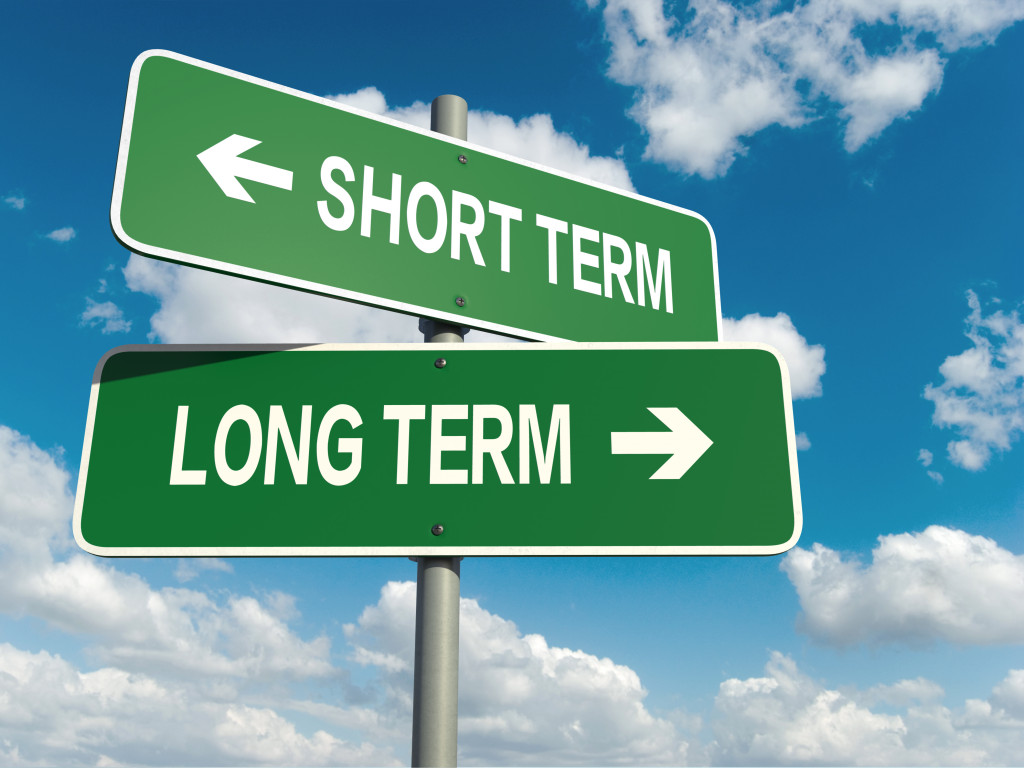To maintain a sustainable business, it is important to set measurable goals and track progress. This means making necessary adjustments along the way to stay on track. By following these simple tips, you can help your business stay sustainable for years to come!
Track progress
As a sustainable business, it is important to track your progress to ensure that you are meeting your goals. There are a few key things that you should track:
- Energy use: This can include electricity, gas, and water. Keeping an eye on your energy use will help you identify areas where you can improve efficiency and save money.
- Waste: Track how much waste your business produces and what kind of waste it is. This information can help you find ways to reduce or recycle your waste.
- Emissions: If your business produces any emissions, track them so that you can work on reducing them. Transportation emissions are a common area to focus on.
- Purchases: Keep track of the products and services you purchase from sustainable suppliers. This information can help you support businesses that share your values.
Set measurable goals

As a sustainable business owner, one of your key goals is to operate in an environmentally responsible way. This means reducing your company’s impact on the planet while still being profitable. But how do you know if you’re actually making progress towards your sustainability goals? The answer is to set measurable targets.
When setting targets, consider all aspects of your business, from energy use and waste production to water consumption and supply chain management. And don’t forget to involve your employees in the process! After all, they are the ones who will be helping you to reach your targets. Once you’ve set your goals, make sure you communicate them clearly to everyone in the company. With everyone on board, you’ll be well on your way to operating a sustainable business.
Make necessary adjustments
As a sustainable business, you are responsible for protecting the environment while also ensuring that your company is profitable. One way to achieve this goal is to implement a comprehensive plan that considers all aspects of your business, from production to waste management. Below are some tips on how to develop and implement a sustainable business plan:
- Conduct a thorough analysis of your business practices. This should include an evaluation of your supply chain and an assessment of your company’s impact on the environment.
- Once you have a clear understanding of your current business practices, set goals for reducing your environmental impact. These goals are specific, measurable, attainable, relevant, and time-bound (SMART).
- Create an action plan that outlines the steps you will take to reach your sustainability goals. Be sure to involve all stakeholders in this process, from employees to suppliers.
- Implement your action plan and monitor your progress regularly. Make adjustments as necessary to ensure that you are on track to achieving your sustainability goals.
By following these tips, you can develop and implement a comprehensive plan to help your sustainable business thrive.
Promote sustainable practices among customers and suppliers
It’s important to promote sustainable practices among your customers and suppliers. This helps to protect the environment, but it also supports the businesses that share your values.
One way to promote sustainable practices is to make them a part of your purchasing policy. When you buy products and services from sustainable suppliers, you send a strong message to support their efforts.
You can also promote sustainable practices among your customers by offering discounts or other incentives for eco-friendly behavior. For example, you could offer a discount to customers who use reusable shopping bags. Or, you could give a freebie to customers who recycle their old electronics.
Make sure your sustainable equipment is well-maintained
Maintaining your sustainable equipment is critical to ensuring that your business runs smoothly. By keeping your equipment in good condition, you can reduce the energy and resources needed to operate it.
One way to maintain your sustainable equipment is to conduct regular inspections. This helps to identify any problems that need to be addressed before they cause further damage. Using drone inspections for your solar panels or wind turbines can be a great way to keep an eye on your equipment without harming anyone.
In addition to conducting regular inspections, be sure to perform routine maintenance on your equipment. This includes things like cleaning and lubricating parts and checking for wear and tear. By taking care of your equipment, you can prolong its lifespan and reduce the need for replacements.
Final Thoughts
Maintaining a sustainable business is critical to ensuring that your company operates responsibly and environmentally friendly. By following the tips we’ve provided, you can develop and implement a plan to help your business thrive for years to come. Promote sustainable practices among your customers and suppliers, and maintain your sustainable equipment.